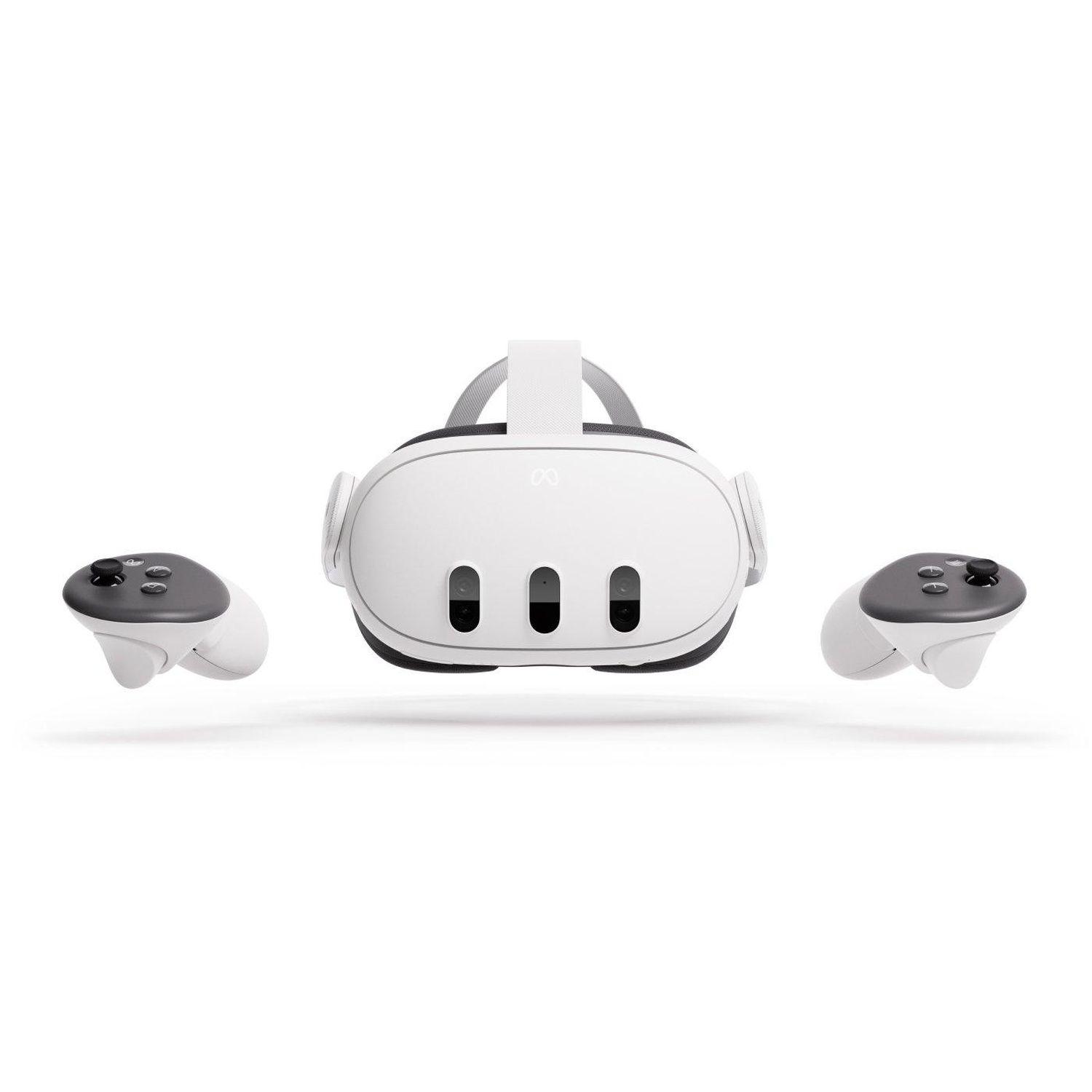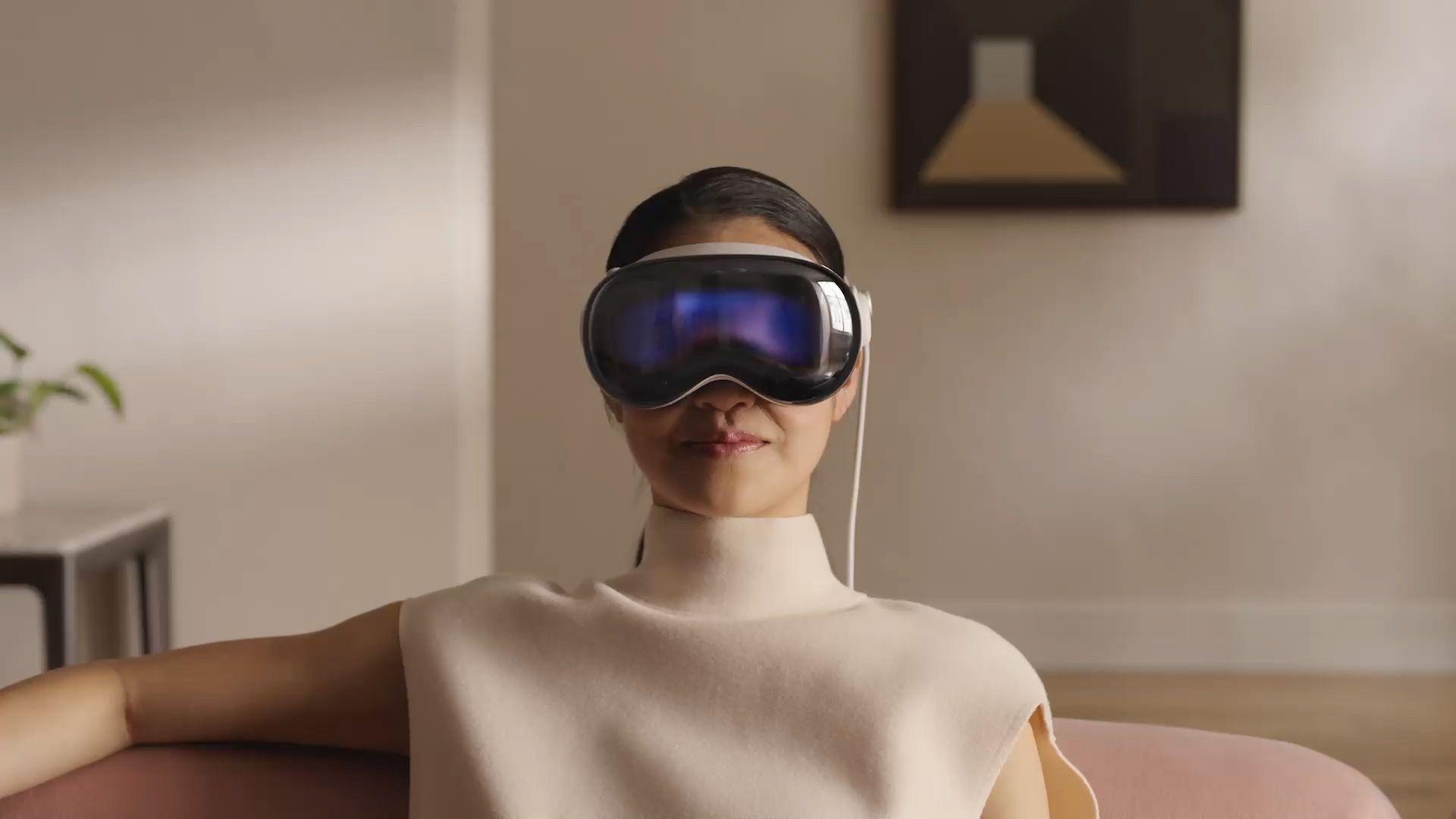It is time for the ultimate battle: Meta Quest 3 vs. Apple Vision Pro: Which one is better? There are many different aspects to compare these two devices; they are truly a hint into the future we will all be living in soon. We will consider some of the important features in this Meta Quest 3 vs. Apple Vision Pro comparison and let you decide which is the better choice right now!
In recent months, the tech world has been buzzing with excitement over two major virtual and mixed reality releases. First came the Meta Quest 3, introduced by Meta with a promise to take VR gaming and experiences to the next level. Not long after, Apple threw its hat into the ring with the Apple Vision Pro, marking its bold entry into mixed reality.
With both gadgets now vying for attention, consumers find themselves at a crossroads, wondering which device to invest in. This simplified guide aims to shed light on the Meta Quest 3 and Apple Vision Pro, helping you navigate through the specs and features to make an informed decision.

Meta Quest 3 vs. Apple Vision Pro: The ultimate battle
Before we dive into the details of this battle, here is a broader look at their specs:
| Feature | Meta Quest 3 | Apple Vision Pro |
| Price | $499 | $3499 |
| Target audience | VR enthusiasts, gamers | Professionals, early adopters |
| Display | LCD, 120° FOV | micro-OLED, higher pixel density, narrower FOV |
| Processor | Snapdragon XR2 Gen 2 | M2 chip with dedicated sensor chip |
| Interaction | Touch Pro controllers | Hand and eye tracking (no controllers) |
| Content Library | Vast library of VR games and experiences | Limited library at launch (focus on AR and Apple services integration) |
| Connectivity | Standalone device (wireless) | Requires tethering to Mac or iPad |
Now, it is time for the ultimate battle; Meta Quest 3 vs. Apple Vision Pro. Let’s take a deeper look into important features and aspects and see which one is better than the other:
Best Vision Pro apps so far
Display and audio
The Quest 3‘s dual LCD displays, with a resolution of 2,064 x 2,208 pixels per eye, offer a significant improvement over its predecessor. Its field of view and near-field speakers provide an immersive experience, albeit with the option to use personal headphones via a 3.5mm jack. The Apple Vision Pro, however, steals the spotlight with its micro-OLED displays, promising unparalleled resolution and personalized spatial audio, despite the absence of a 3.5mm jack.

Performance
Powered by the Snapdragon XR2 Gen 2 chip and 8GB of RAM, the Meta Quest 3 stands as the most powerful standalone VR headset to date. Its gaming performance and video pass-through capabilities are commendable, though its software could use some enhancements. The Apple Vision Pro’s performance specifics, powered by the M2 chip, remain under wraps, but its reliance on tethering could be a deciding factor for some.
We need an Apple Vision Air ASAP: Here is why
Design
Both headsets sport sleek designs tailored to their respective audiences. The Meta Quest 3 opts for a utilitarian look with customizable straps and an IPD adjustment wheel for comfort. Apple’s Vision Pro, with its emphasis on a seamless and comfortable experience, might appeal to those looking for a more premium design aesthetic.

Battery
Battery life is critical, with both headsets offering similar usage times. However, the Vision Pro’s need for a tethered battery pack could be seen as a drawback compared to the Quest 3’s standalone, wireless design.
Applications
The Vision Pro will offer 600 apps at launch, focusing on AR and integration with Apple services. However, the Meta Quest 3 currently leads in the variety and depth of its VR game and fitness app offerings, providing a more diverse and engaging experience for users.

Price
Price is perhaps the most striking difference between the two. The Meta Quest 3’s accessible starting price of $499 makes it an attractive option for a broader audience. In contrast, the Apple Vision Pro’s starting price of $3499 positions it as a premium offering, potentially limiting its appeal to a niche market.
Choosing between the Meta Quest 3 and the Apple Vision Pro depends on what you value most in a mixed-reality headset. If you’re a gamer or VR enthusiast looking for an affordable, standalone device with a rich content library, the Quest 3 is hard to beat. On the other hand, if you’re an early adopter or professional willing to invest in a high-end device with cutting-edge display technology and integration with Apple services, the Vision Pro might be the right choice for you.
Regardless of which headset you lean towards, it’s clear that the future of spatial computing is bright, with both Meta and Apple pushing the boundaries of what’s possible. We hope you enjoyed reading our “Meta Quest 3 vs. Apple Vision Pro” comparison!






